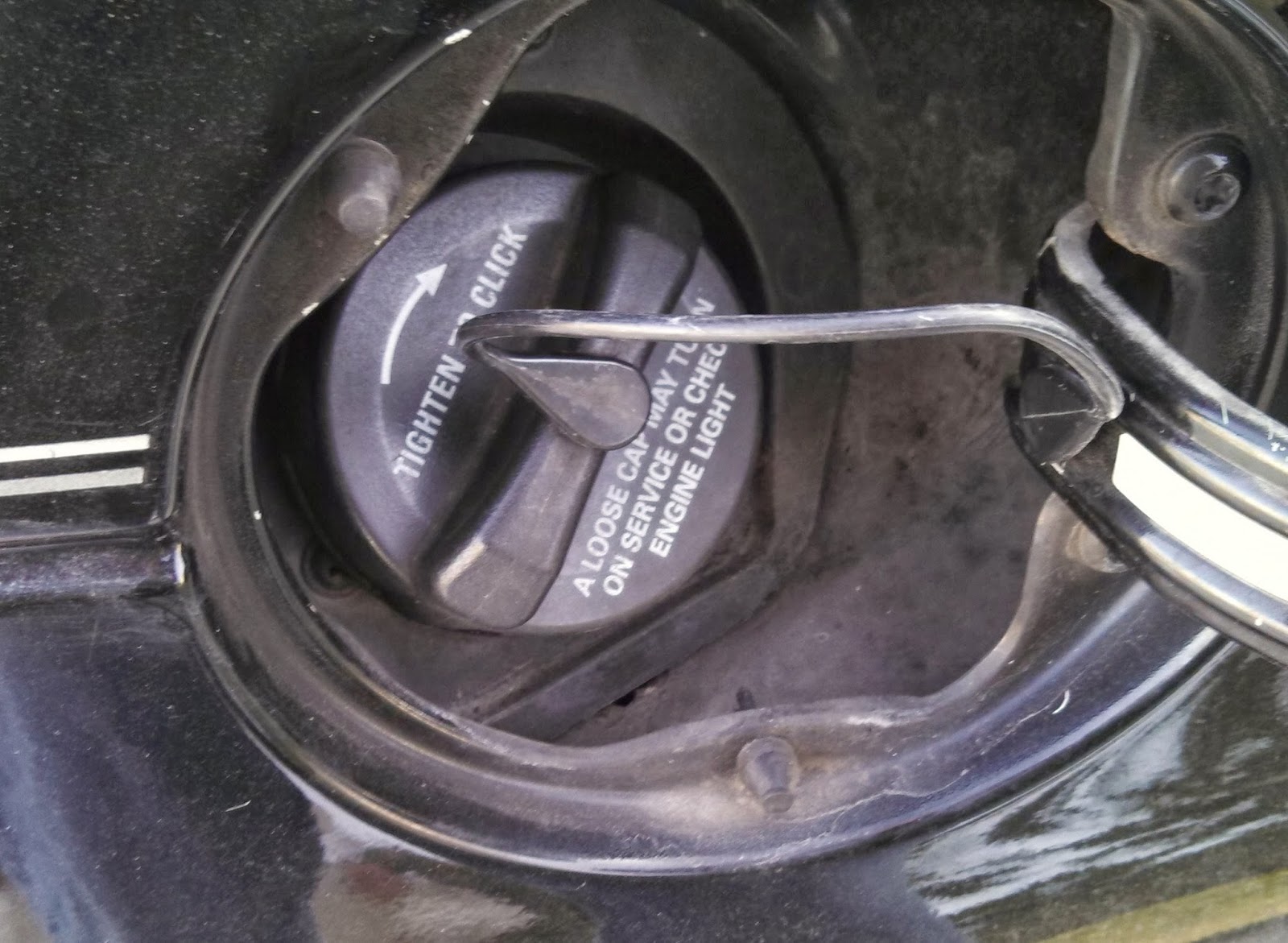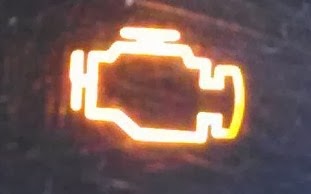Jeep Liberty Gas Cap Issues: Troubleshooting and Solutions
Is your Jeep Liberty triggering that dreaded check engine light? A surprisingly common culprit is a faulty or loose gas cap. While it might seem like a minor issue, a problematic gas cap can lead to a range of inconveniences, from failed emissions tests to decreased fuel efficiency. This comprehensive guide delves into the world of Jeep Liberty gas cap problems, exploring the causes, symptoms, and solutions to help you get back on the road worry-free.
Jeep Liberty owners have frequently reported issues with their gas caps, ranging from loose-fitting caps to malfunctioning pressure seals. These seemingly small issues can trigger the "check engine" light, reduce fuel economy, and even lead to evaporative emissions system leaks. Understanding the function of the gas cap is crucial to grasping the importance of addressing these problems promptly. The gas cap seals the fuel system, preventing fuel vapors from escaping into the atmosphere. This seal maintains the correct pressure within the fuel tank, crucial for proper engine performance and minimizing emissions.
The history of gas cap issues isn't unique to the Jeep Liberty. As emissions regulations tightened, vehicle manufacturers implemented more complex evaporative emission control systems, including pressure-sensitive gas caps. These more intricate systems, while beneficial for the environment, introduced more potential points of failure, including the gas cap itself. For the Jeep Liberty, issues with the gas cap became a recurring theme for some model years.
A loose or faulty Jeep Liberty gas cap can trigger the "check engine" light (also known as the malfunction indicator lamp or MIL). This is because the onboard computer detects a leak in the evaporative emissions system, which the gas cap is a vital part of. Beyond the illuminated warning light, other symptoms might include a noticeable fuel smell around the vehicle, decreased fuel efficiency due to vapor loss, and even difficulty starting the engine in some cases.
Identifying the root cause of your Jeep Liberty's gas cap problem is the first step towards resolution. A visual inspection can often reveal a cracked, damaged, or ill-fitting gas cap. Trying to tighten the cap firmly can sometimes resolve the issue if it's simply loose. However, if the cap appears damaged or continues to cause problems after tightening, replacement is usually necessary.
Sometimes, the problem isn't the gas cap itself, but the fuel filler neck. Damage or rust in the filler neck can prevent the cap from sealing properly. In this case, professional repair might be necessary.
It's crucial to address Jeep Liberty gas cap problems promptly. Ignoring a faulty gas cap can lead to further complications and potentially more expensive repairs down the line. A small investment in a new gas cap can prevent larger issues and ensure your Jeep Liberty runs smoothly and efficiently.
If you're experiencing recurring gas cap issues, consider purchasing a high-quality OEM (Original Equipment Manufacturer) replacement. While aftermarket options might seem cheaper, they may not provide the same level of fit and sealing performance, potentially leading to recurring problems.
Regularly inspecting your gas cap for cracks or damage can help prevent future problems. Make it a part of your routine maintenance checks.
Advantages and Disadvantages of Replacing a Jeep Liberty Gas Cap
| Advantages | Disadvantages |
|---|---|
| Resolves "check engine" light issues. | Cost of replacement, although relatively inexpensive. |
| Improves fuel efficiency. | Potential for incorrect installation if not done properly. |
| Reduces harmful emissions. | May not resolve the issue if the problem lies with the filler neck. |
Frequently Asked Questions:
Q: Can I drive with a loose gas cap? A: It's not recommended, as it can decrease fuel efficiency and trigger the check engine light.
Q: How much does a Jeep Liberty gas cap cost? A: OEM replacement gas caps typically cost between $15 and $30.
Q: How do I know if my gas cap is the cause of the check engine light? A: Have the diagnostic trouble codes (DTCs) read by a mechanic or using an OBD-II scanner. Specific codes relate to gas cap issues.
Q: Can I use any gas cap on my Jeep Liberty? A: It is highly recommended to use an OEM gas cap designed specifically for your Jeep Liberty's model year.
Q: How often should I replace my gas cap? A: Replace it as soon as you notice any cracks or damage, or if it fails to seal properly.
Q: Can a bad gas cap cause my Jeep Liberty to fail emissions testing? A: Yes, a faulty gas cap can contribute to failed emissions tests.
Q: How do I install a new gas cap? A: Align the tabs and turn clockwise until you hear several clicks.
Q: Where can I purchase a replacement gas cap? A: Auto parts stores, online retailers, and Jeep dealerships all carry replacement gas caps.
In conclusion, addressing Jeep Liberty gas cap problems is a crucial aspect of maintaining your vehicle's performance, fuel economy, and compliance with emissions standards. While it might seem like a minor issue, a faulty gas cap can lead to several problems. By understanding the common causes, symptoms, and solutions, you can effectively diagnose and resolve gas cap issues, preventing potential further complications and ensuring a smooth and efficient driving experience. Don't ignore that check engine light; take the time to inspect and replace your gas cap if necessary. It's a small investment that can save you money and headaches down the road.
Canberra time now accurate time in australias capital
Water for 3 month olds a crucial hydration guide
Helping your husband find a companion














